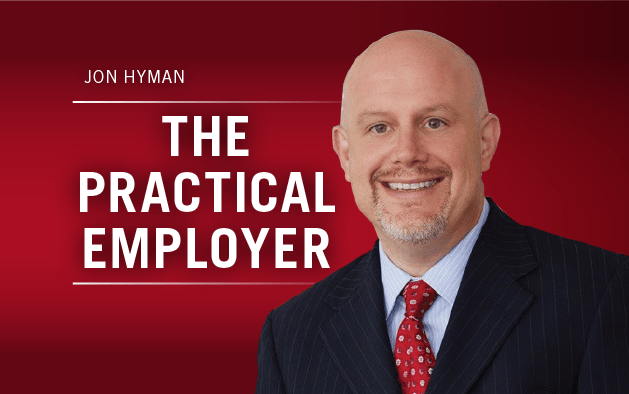Last week, the Department of Labor issued an opinion letter [pdf] making clear that covered employers must provide intermittent FMLA leave to eligible employees who need time away from work to attend meetings to discuss the Individualized Education Program (IEP) of the employee’s child.
Rather than discuss the opinion letter in detail, I’ll instead direct you my blogging friends — Jeff Nowak, Suzanne Lucas, and Eric Meyer — each of whom covered this story over the past few days.
Instead, I want to use my space today to make a broader point about the law in general.
According to the National Center for Educational Statistics, in 2017-18, 7 million, or 14 percent of all public-school students, received special education services under the Individuals with Disabilities Education Act. Among those students, 34 percent had specific learning disabilities. Many are on IEPs, and even more are on 504 plans.
What’s the difference? An IEP is made available through the Individuals with Disabilities Education Act, and applies to students with 13 specific disability categories, including, for example, ADHD and autism. 504 plans are more generally available under the Rehabilitation Act and apply to any student with a disability that interferes with the child’s ability to learn in a general education classroom. Both IEPs and 504 plans require a team effort to work. That team always should include the parent(s) or primary caregivers.
Managing a child with special needs is hard. Employment obstacles should not make it harder. A parent shouldn’t have to worry about whether their special needs child is receiving the educational support they need to thrive in school and whether they will have a job when they return from a school meeting.
Bravo to the DOL for applying a common sense interpretation to the FMLA to conclude that attendance at IEP meetings “care for a family member … with a serious health condition,” which is “essential to her ability to provide appropriate physical or psychological care to [her] children.” No employee should have to choose between their family and their job, and this opinion helps ensure these protections.
Yet, with or without the FMLA, all employers should be offering these small amounts of time off. The law is a floor, not a ceiling.
I can hear the protesting cries: “We can’t give every employee time off for every little thing they need. They’ll take advantage of us.”
Seriously? An employee is not taking advantage of you by taking a few hours to meet with the educational team for their special needs child. If you are that worried that an employee is taking advantage of a situation, then deal with that employee.
But don’t deny the time off to all employees just because one employee has taken (or might take) advantage of you. It’s a performance issue specific to one employee. And, if employee leave abuse is a systemic problem throughout your workforce, you should take a look at what you’re doing wrong. Maybe it’s you and not your employees.
Employers, we should be better than this. We have to be better than this. We are better than this.
Don’t do the bare minimum that the law requires. Strive to do more. Make yourself an employer of choice for your employees. You’ll attract and retain better employees who will work harder for you. Don’t just try to reach the floor, but establish your own ceiling.



 Employees also can’t save or accrue “unlimited” vacation time to use next year. When it comes time to transition from the company, the employer has no obligation to pay out the extra hours of productivity that were used in lieu of taking a break.
Employees also can’t save or accrue “unlimited” vacation time to use next year. When it comes time to transition from the company, the employer has no obligation to pay out the extra hours of productivity that were used in lieu of taking a break.





 Cutting-edge companies at the time then began offering health insurance to employees as a recruitment incentive. And, in the early 1950s, the Internal Revenue Service deemed that insurance and similar benefits wouldn’t be counted as taxable income. Viola! The workplace social contract was born.
Cutting-edge companies at the time then began offering health insurance to employees as a recruitment incentive. And, in the early 1950s, the Internal Revenue Service deemed that insurance and similar benefits wouldn’t be counted as taxable income. Viola! The workplace social contract was born.
